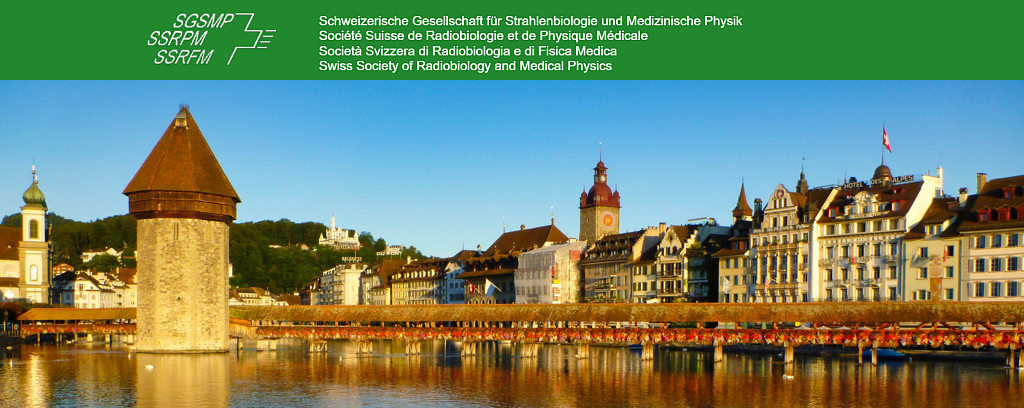Speaker
Description
Image quality in computed tomography is generally assessed using model observers (MO) without integrating the influence of temporal resolution. The aim of this study was to develop a methodology to integrate the temporal resolution in MO.
A cubic water phantom containing a cylinder in polymethyl methacrylate was scanned using various acquisition parameters (rotation times, pitch factors and collimation widths) on two CT systems, a wide-detector and a dual-source. The phantom was firstly scanned without a motion to determine the in-plane task-based transfer functions (TTF) and noise power spectra (NPS). Then, it was scanned on a moving platform with a uniform rectilinear motion in the transverse plane tocalculate the temporal modulation transfer function (MTFt). The longitudinal TTF was measured using a thin tungsten wire. At the end, the metrics were introduced in a specific spatiotemporal formulation of the non-prewhitening with eye filter MO to assess the detectability (d') of moving objects with a speed of 20 mm.s-1.
Varying rotation time, helical pitch, collimation width had minimal impact on in plane and longitudinal spatial resolution and noise. MTFt showed that increasing tube rotation time, collimation width, and pitch factor improved the temporal resolution.
In comparison to d’ calculated without movement, on the dual-source CT, d’ decreased by 23.5%, 43.1% and 56.9% for the rotation times 0.25, 0.50 and 1.0 s, respectively. On the wide-detector CT, d’ decreased only by 14.0% for the minimal rotation time of 0.23 s, and by 51.2% for the maximal rotation time of 1.0 s. On the dual-source system, d’ decreased by 50.6% for the smallest pitch and by 9.5% for the largest pitch. On the wide-detector system, d’ decreased by 40.4%, 18.8%, 7.6% and 4.9% for the pitch 0.516, 0.984, 1.375 and 1.531, respectively.
Faster rotation time, higher pitch factors, and larger collimation widths improved temporal resolution without compromising in-plane and longitudinal resolution or noise. However, caution should be exercised regarding over ranging when using large pitch factors and large collimations.

